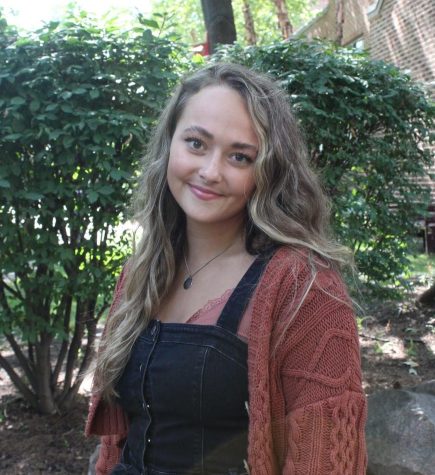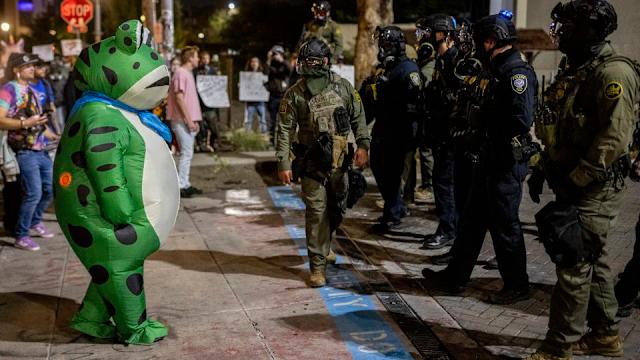‘Halloween Ends;’ but does it really?
October 28, 2022
Friday Oct. 14, I went to the Sunset Drive-in for a double feature of two new scary movies, the final installation of the most recent “Halloween” trilogy and the fresh film “Smile.”
Producers and “Halloween” actors, including Jamie Lee Curtis, who plays the hardened Laurie Strode, insisted this was the end.
After 44 years of terror, could the supernatural reign of Michael Myers really be over?
The answer is bittersweet.
From the original film in 1978 through the latest three movie adaptations beginning in 2018, Myers has become more powerful with every kill and every survived bullet, stab wound and countless near-death.
“Halloween Ends” shows just how human Myers really is.
In preparation for the monumental fall event, which many of my peers and I had anticipated for months, I watched all the predecessors of this storyline: “Halloween” (1978), “Halloween” (2018) and “Halloween Kills.”
As the series has become modernized and sensationalized, gore has become an integral part of the “Halloween” films, which is not heavily present in the original.
This could be due to the calloused natural surrounding gore and serial killers in 21st century entertainment that was not present in the 70s.
The “Halloween” franchise had to keep up with the trends of horror to maintain its frightful reputation in the thriller genre, especially when competing with reimagined films “It” and “Texas Chainsaw Massacre.”
These changes in trajectory could also be attributed to a change in director.
John Carpenter famously directed the original. David Gordon Green taken over for the last three films.
Remaining true to the original, though, is the famous soundtrack and the commitment to the original ghost-story of Myers.
Green paid respect to Carpenter’s cinematic choices in the last three 21st century films by keeping the long opening credits with the ominous theme song. Opening credits have been virtually retired in modern movies otherwise.
Green also gave homage to the original cast in terms of main characters and even children from 1978 in the new films too, including Strode’s newfound love interest in “Halloween Ends,” Officer Hawkins.
This proves that even though Green has made “Halloween” his own with guts and theatrics, the original film deserves respect for its popularity in the cinematic world and deep-seeded character development.
What was disappointing about the last film in the modern trilogy was the introduction of a new villain: Corey.
Without spoiling the film for those late to the game, this fresh face to the series took away from the indiscriminate nature of Myers’ murder spree and made him seem vulnerably human, which is the opposite of the point of the supernatural “beast.”
“Halloween Ends” was also returning home to the 1978 debut with a step away, briefly, from gore to refocus on the plot and resolution of the story line, which I appreciated.
Although I find fictional carnage exciting.
Although the end of the movie and to the series is definitive, Myers has been known to defy laws of nature for five decades.
Will he – it – do it again?





